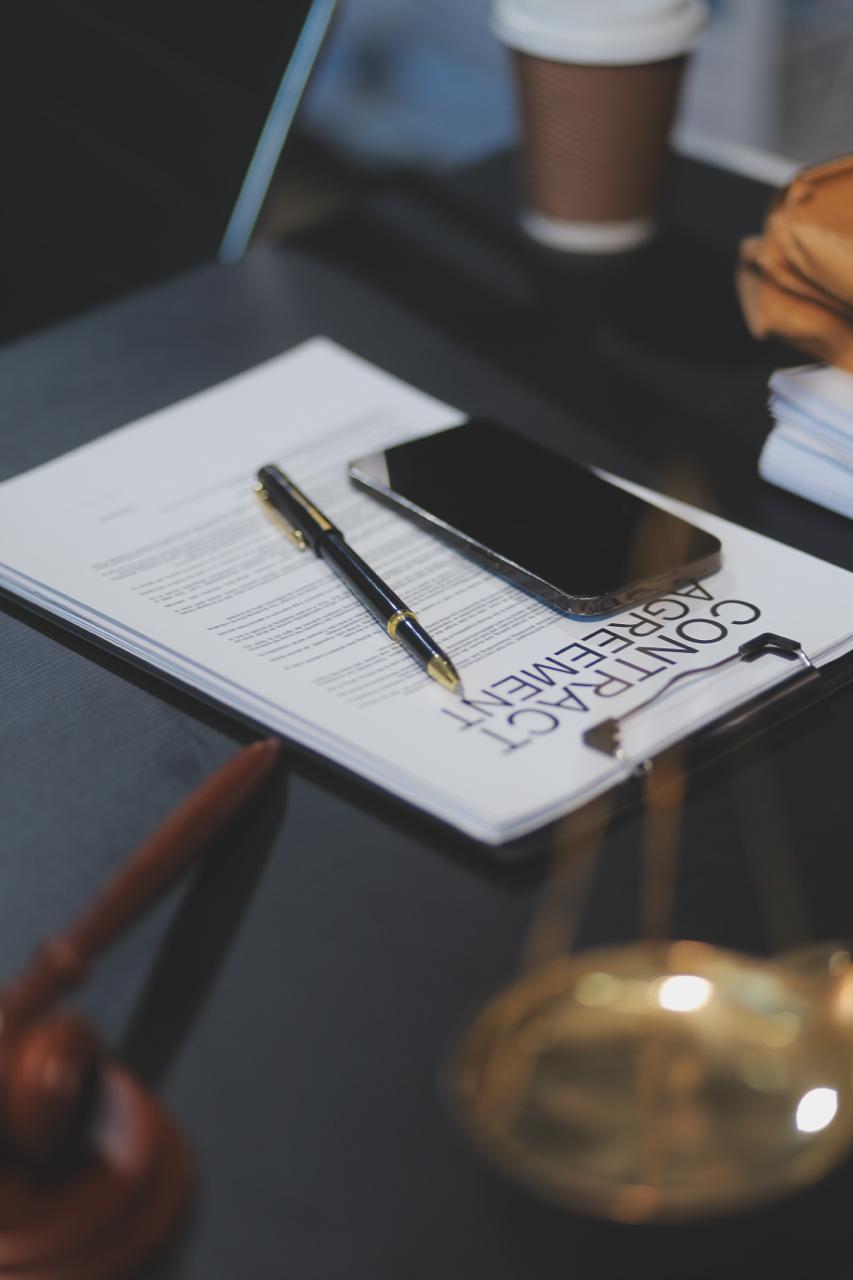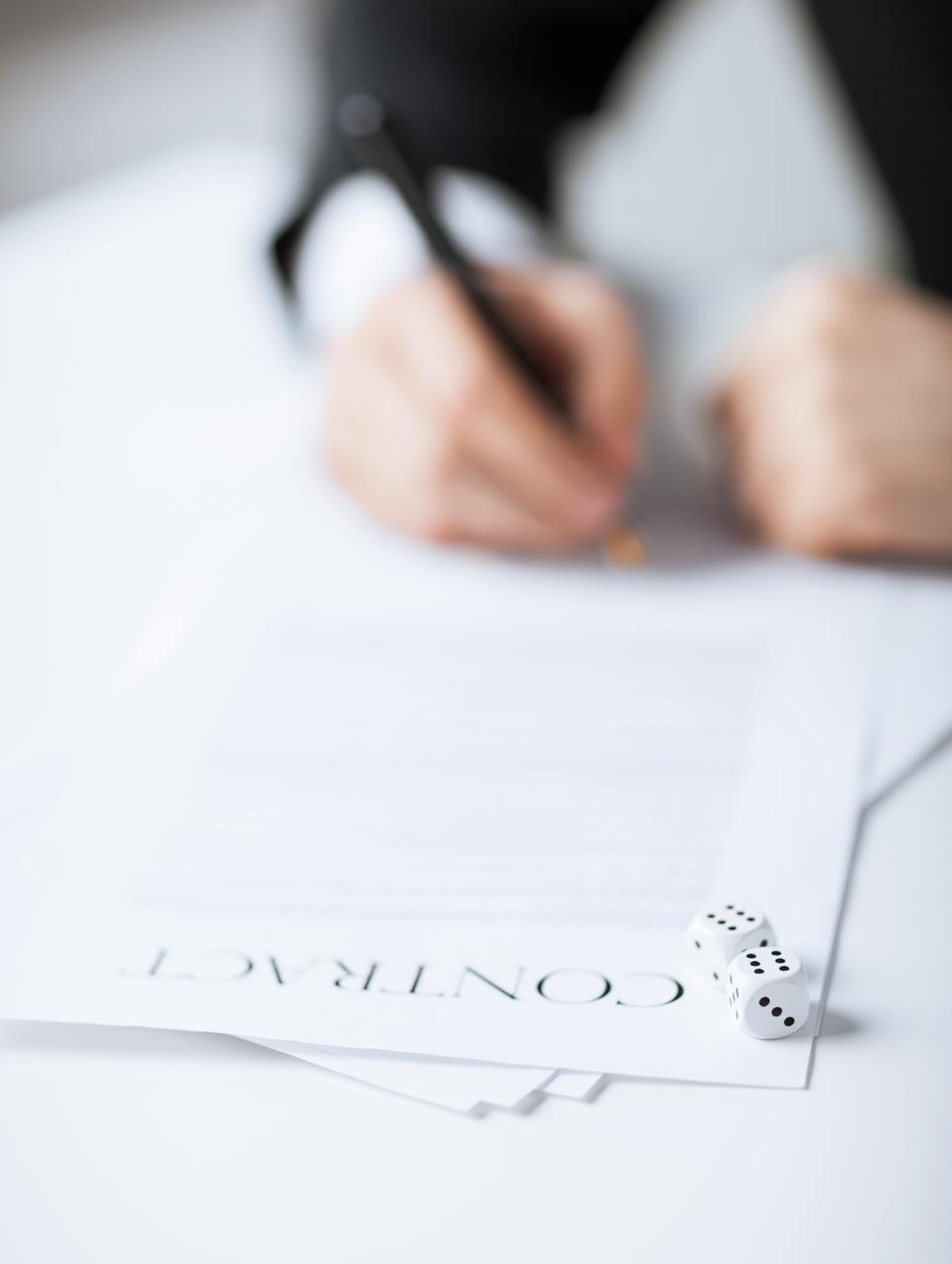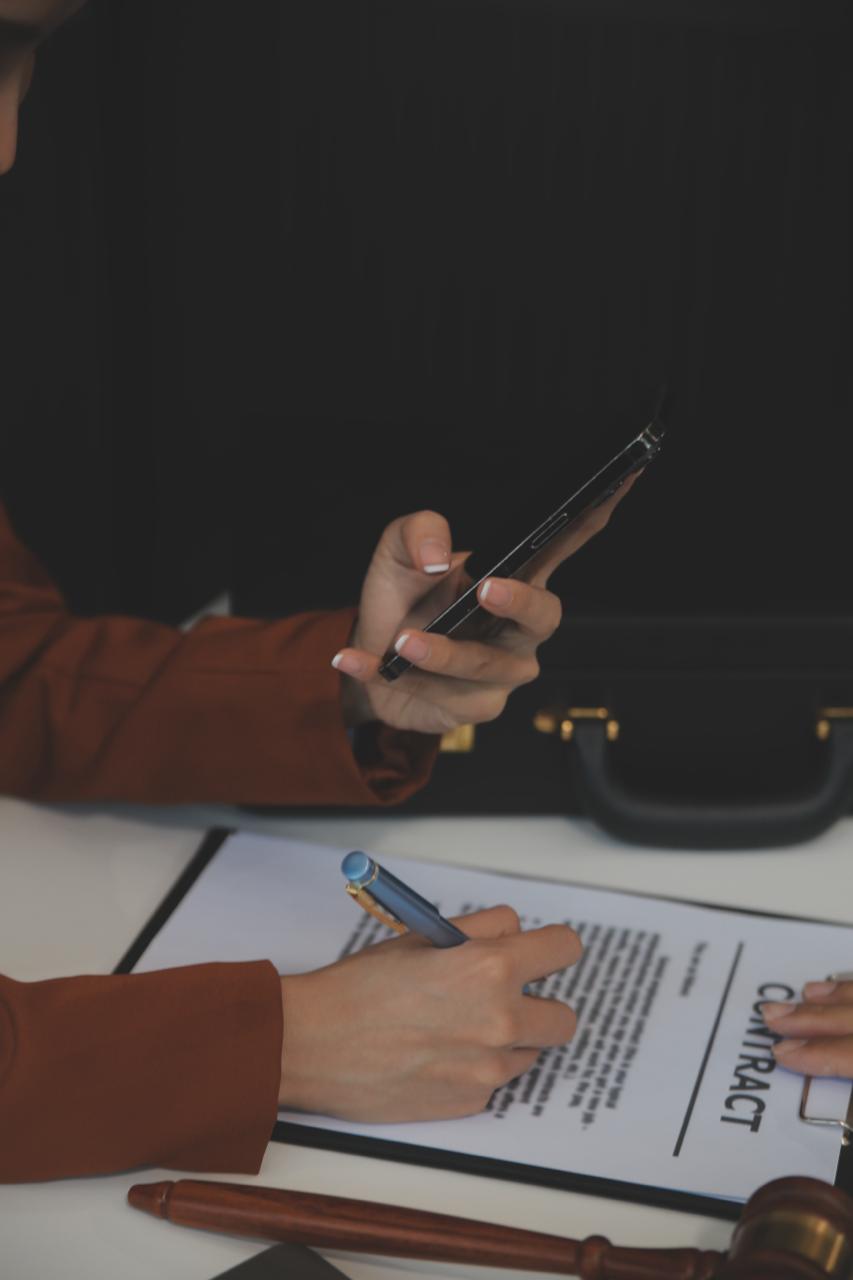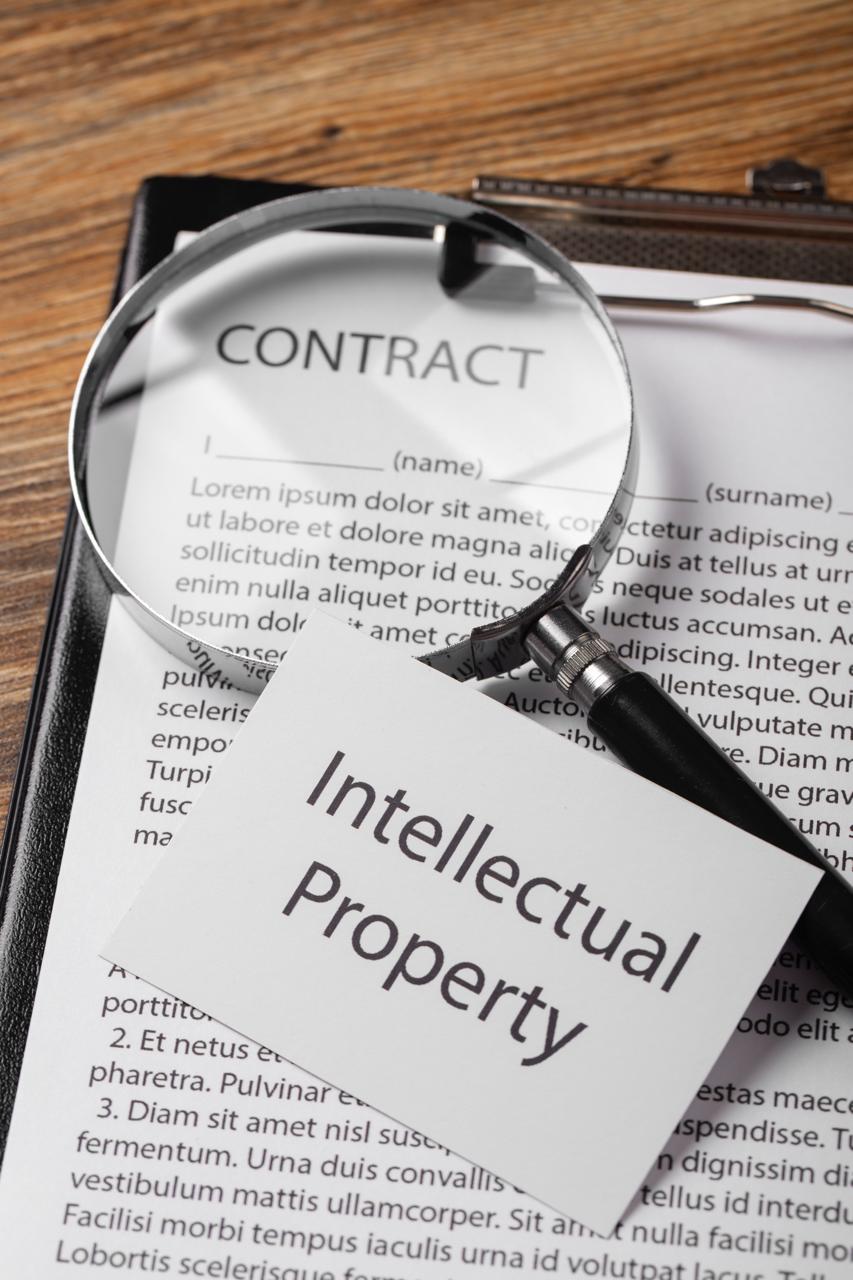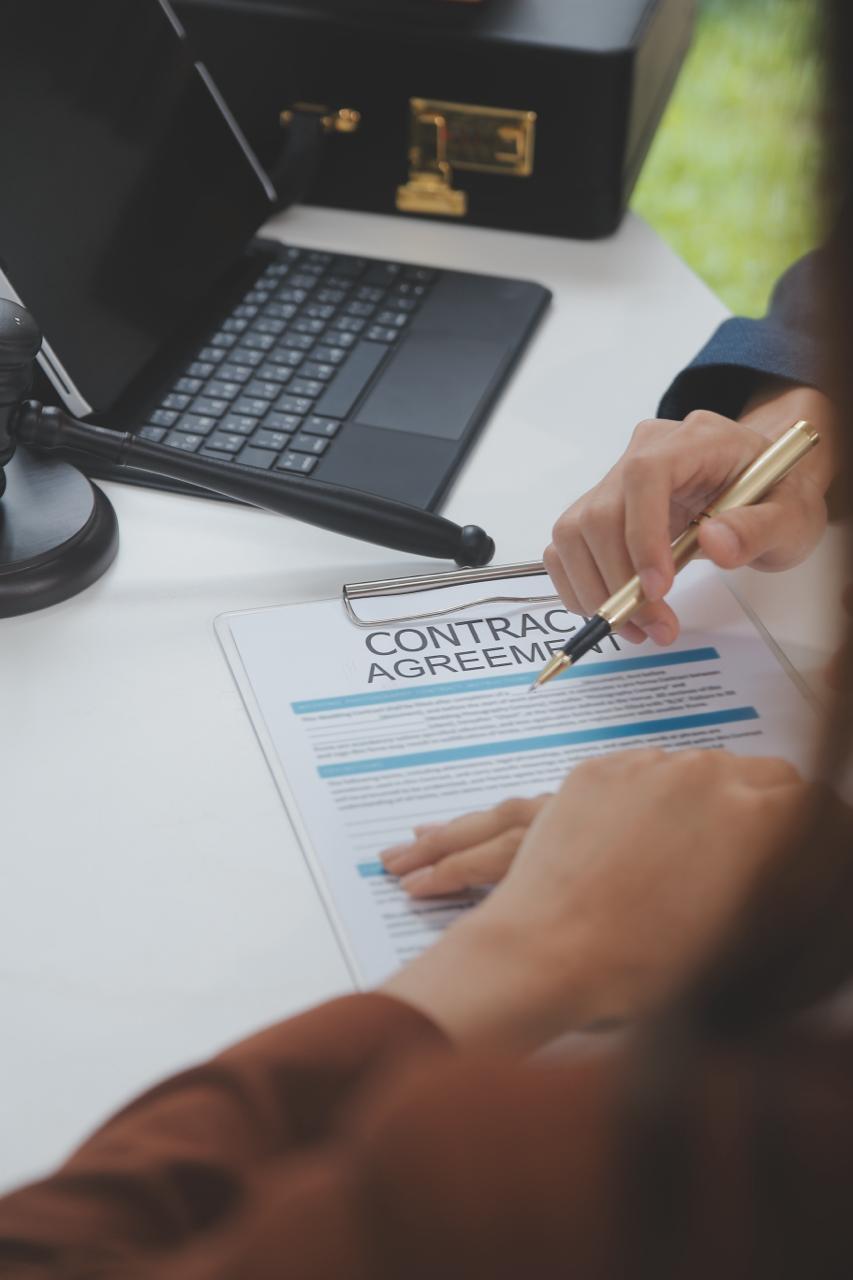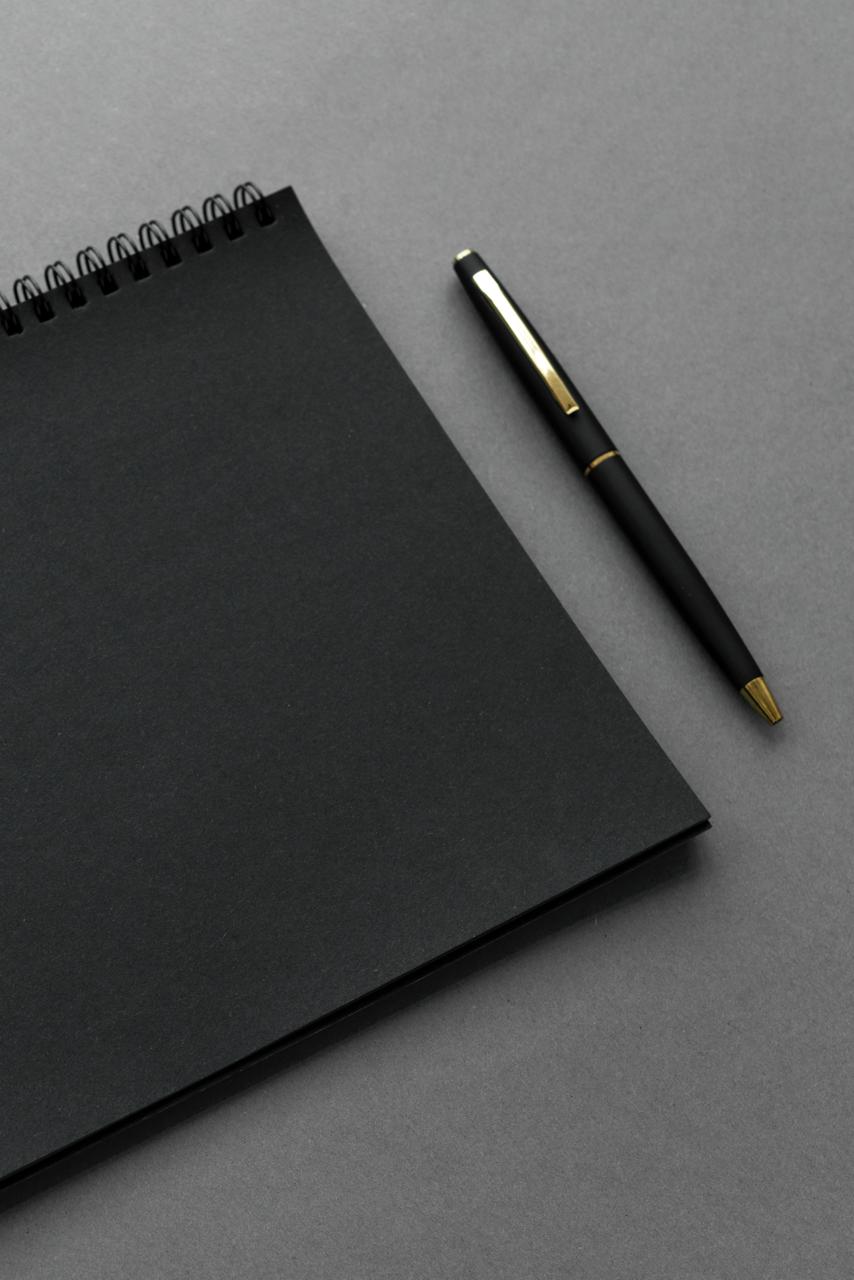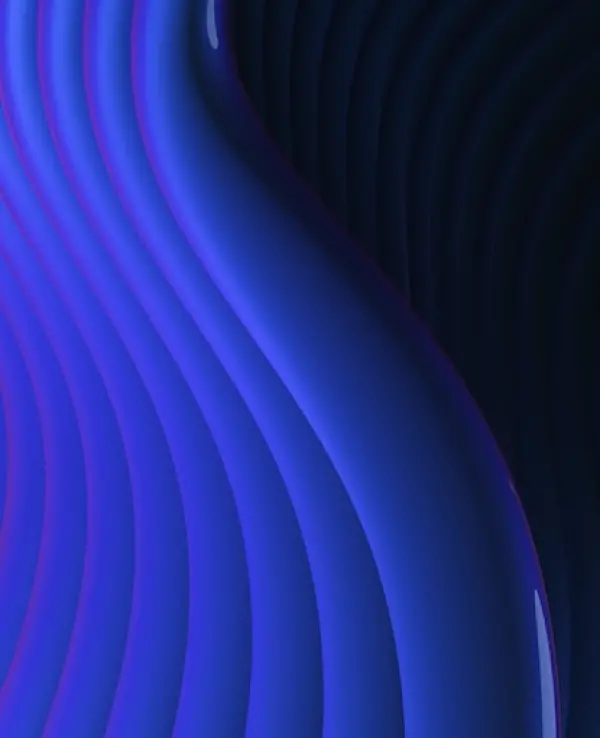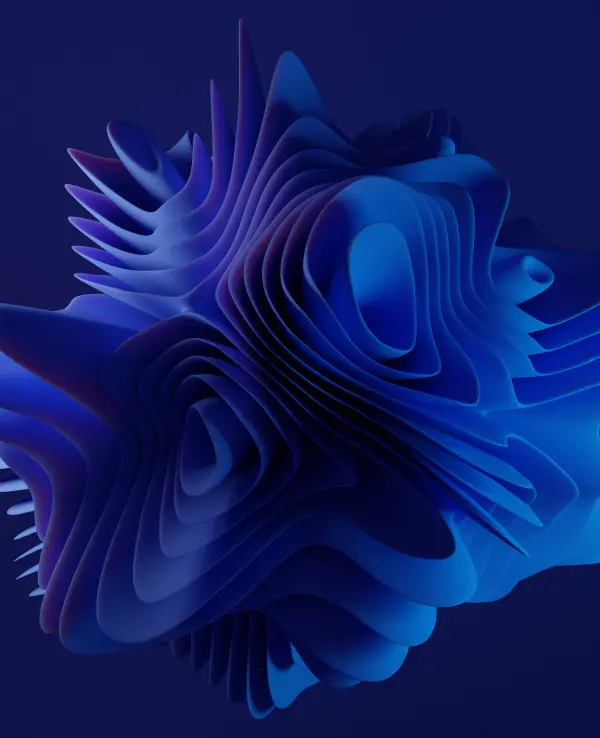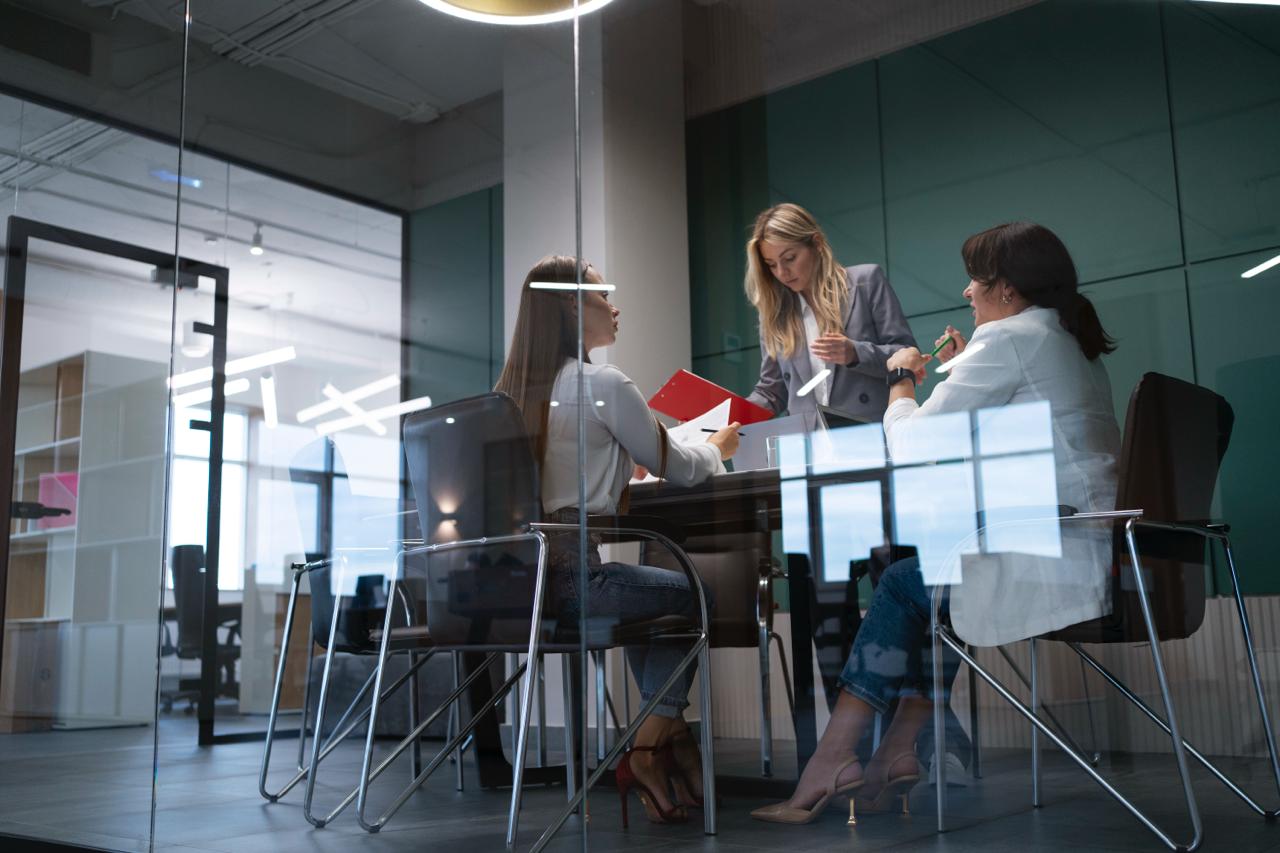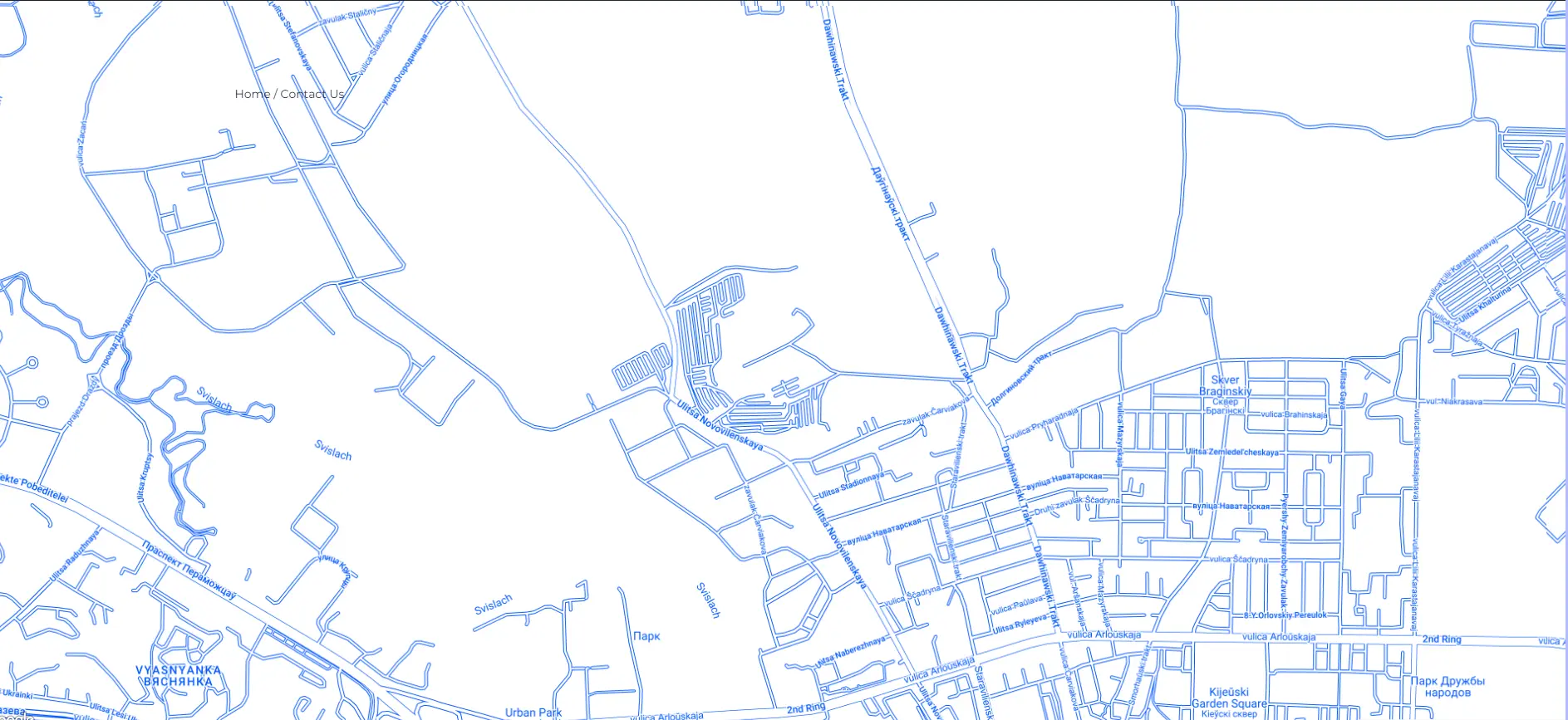Some designations may not be a trademark. These are, for example, generally recognized symbols and terms, designations of national flags, names of states that are identical or confusingly similar to trademarks of other persons protected in Belarus.
How trademark rights are protected
The protection of a trademark consists in its state registration. This protects the trademark from being used by others, and in the case of such use gives the trademark owner the right to claim damages.
Trademark registration
To protect the company’s right to a trademark, it is registered at the National Intellectual Property Center — this is a national registration procedure. A trademark that has passed the international registration procedure will also be protected.
To register a trademark with the National Intellectual Property Center, you need to submit an application, pay a state fee and hire a patent attorney to conduct business. You can do this yourself, but there is a risk of not registering a trademark due to the lack of necessary information. We will consult on the issue of working with a patent attorney and help you choose his candidacy.

